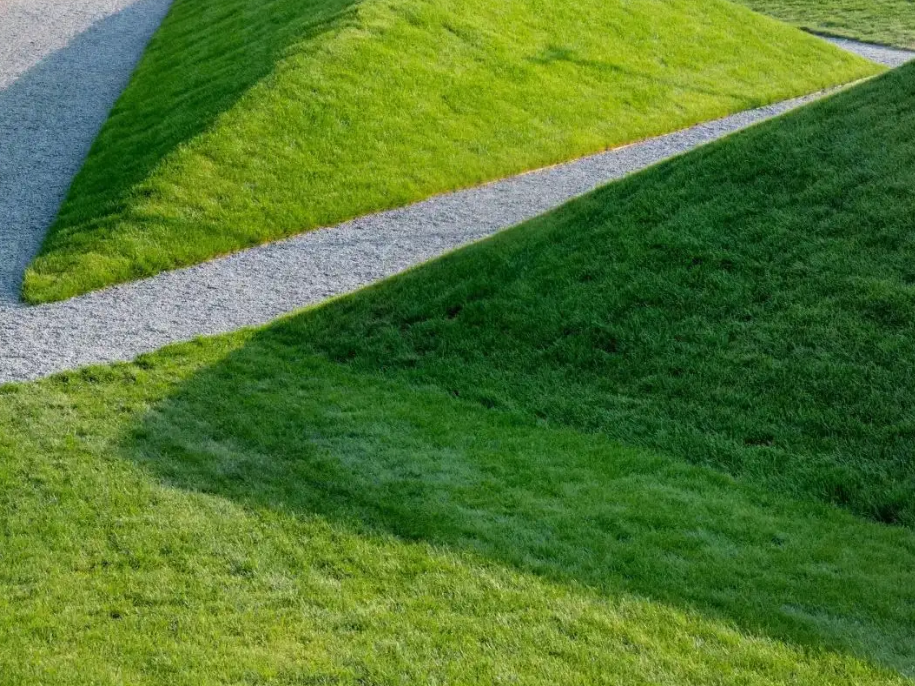Artificial turf is a chemical product made of synthetic resin such as PE(polyethylene) and PP(polypropylene) into imitation grass silk, which is woven on the bottom cloth through professional equipment, and coated with fixed coating on the back to make it have natural grass properties.
1960s artificial lawn was born in America, originally used to solve the problem of natural grass not growing in covered public place
With the progress of material science and manufacturing technology, the main materials of artificial turf products have developed from nylon 6 and polypropylene to linear low-density polyethylene and polyolefin, etc., which are close to natural grass in color, appearance and contact comfort. Some properties, such as weather resistance and wear resistance, have far exceeded natural grass, and they have long service life and low maintenance cost. Its application scenarios continue to broaden.
The fourth generation of artificial turf meets the basic use requirements of the sports field, and develops to the direction of high standard, functional, environmental protection and recycling. Sports grass mainly emphasizes the wear resistance, resilience, stripping performance and anti-aging performance of products, while recreational grass puts more emphasis on the beauty, customization and environmental protection performance of products. The requirements for sports performance and service life of products are generally lower than those of sports grass.
Artificial turf costs much less than natural turf. Natural lawn one-time input price is low, but the daily maintenance cost is high; Artificial turf has a high pavement cost in the early stage, but it can be used for a long time once put in. Considering the daily maintenance cost, its total cost is much lower than that of natural lawn, and its cost advantage is particularly obvious in the place where the rain is not abundant.
According to Install-It-Direct’s calculation, the initial paving cost of the standard 1000sq ft of high quality artificial/natural grass (sod)/natural grass (seed) in Southern California is $9000/5,500/2340, respectively, but after considering the subsequent maintenance costs, The total use cost of high-quality artificial turf is less than half that of natural turf.
The main difference between artificial turf and natural turf :
- Weather resistance: Artificial turf has strong weather resistance and is not affected by weather and seasons; Natural lawn and weather, temperature has a direct relationship, adverse weather can not survive.
- Wear resistance: Artificial turf has strong wear resistance and is composed of synthetic resin material. It is suitable for high strength and high frequency trampling and has a long service cycle. Because the grass is more fragile, the natural lawn is easy to break the grass stem because of pressure and friction, and the service cycle is short.
- Daily maintenance: The daily maintenance of artificial turf is relatively simple, the cost is low; Natural lawns need frequent watering, fertilization, pruning, deworming, etc., and the maintenance cost is high.
- Sports experience:Artificial turf sliding is small, can reduce the friction coefficient of the sole to a small; The friction coefficient and sliding property of natural lawn are not controllable.
- Resilience:Artificial turf pavement can increase the elastic pad, good resilience; Natural lawn with the use of time trampled and other conditions, resilience will weaken.
- Landscape effect:Artificial turf can keep its color for a long time due to the addition of polyethylene material; Natural lawn is limited by weather, environment and other factors, maintain color time is limited.
- Flexibility: The artificial turf can change the grass type according to the use of the field; Natural lawn can not be carried, can not be reused, flexibility is poor.



